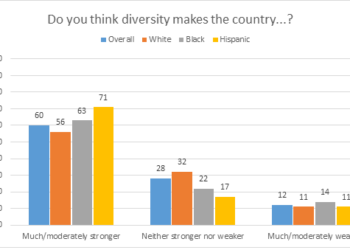In the realm of biometric security, face recognition and face verification are two key technologies that often get mixed up, though they serve distinct purposes. This article clarifies the differences between these two approaches, explores the underlying algorithms, and examines their applications in identity verification.
What is Face Verification?
Face verification is a biometric authentication method used to confirm whether a person is who they claim to be. It involves comparing a newly captured facial image with a previously stored image of the same individual. Face verification is primarily used to ensure that the person accessing a system is the one who is authorized to do so.
How Does Face Verification Work?
Face verification operates on the principle of pattern matching. The process typically involves the following steps:
- Image Capture: The system captures a facial image from the user, either through a smartphone camera or a dedicated facial recognition device.
- Feature Extraction: The captured image is analyzed to extract unique facial features, such as the distance between the eyes, the shape of the nose, and the contours of the face.
- Comparison: The extracted features are compared with the features of a stored reference image. If the features match within an acceptable threshold, the user is verified.
Face verification systems often rely on deep learning algorithms, such as convolutional neural networks (CNNs), to perform feature extraction and comparison. These networks are trained on large datasets of facial images to learn the subtle variations that distinguish different individuals.
What is Face Recognition?
Face recognition, on the other hand, is a broader application that involves identifying or verifying an individual from a larger pool of faces. Unlike face verification, which only checks if the person matches a specific reference image, face recognition aims to determine the identity of an individual from a database of many potential candidates.
How Does Face Recognition Work?
Face recognition involves several key steps:
- Image Capture: A facial image is captured from a video feed or photo.
- Feature Extraction: Similar to face verification, the system extracts key facial features from the image.
- Identification or Verification: The extracted features are then compared against a database of known faces. For identification, the system attempts to match the features to one of the faces in the database. For verification, it checks if the features match a specific individual’s face.
Face recognition systems often use advanced algorithms such as deep neural networks (DNNs) and support vector machines (SVMs) to process and analyze facial data. These algorithms are designed to handle the variability in facial expressions, lighting conditions, and angles.
Comparing Face Recognition and Face Verification
While face recognition and face verification share some similarities, they differ significantly in their applications and challenges:
1. Purpose and Scope
- Face Verification: This technology confirms whether a person’s identity matches a specific reference. It is used in scenarios where the claimed identity is already known, such as unlocking a smartphone or logging into a secure system.
- Face Recognition: This technology identifies or verifies an individual from a broader database of faces. It is used in scenarios where the identity of the person is unknown, such as surveillance systems or public safety applications.
2. Complexity
- Face Verification: Typically involves a straightforward comparison against a single reference image. The challenge is to accurately verify the identity, even with variations in the captured image.
- Face Recognition SDK: Involves searching through a large database to find a match, making it more complex. The challenge is to accurately identify or verify a person from numerous potential candidates.
3. Algorithmic Approaches
- Face Verification: Relies heavily on deep learning algorithms that specialize in comparing facial features against a reference image. Classical neural networks may struggle with large variations in images.
- Face Recognition: Utilizes sophisticated algorithms that can handle large-scale databases and complex variations in facial data. Techniques include deep learning models that are capable of distinguishing between subtle differences in faces.
Conclusion
Understanding the differences between face recognition and face verification is crucial for selecting the appropriate technology for your needs. Face verification focuses on confirming a specific identity, while face recognition aims to identify individuals from a broader pool. Both technologies leverage advanced algorithms and are used in various applications, from securing personal devices to enhancing public safety. As technology continues to evolve, the precision and capabilities of these systems are expected to improve, offering more robust solutions for identity verification and recognition.










